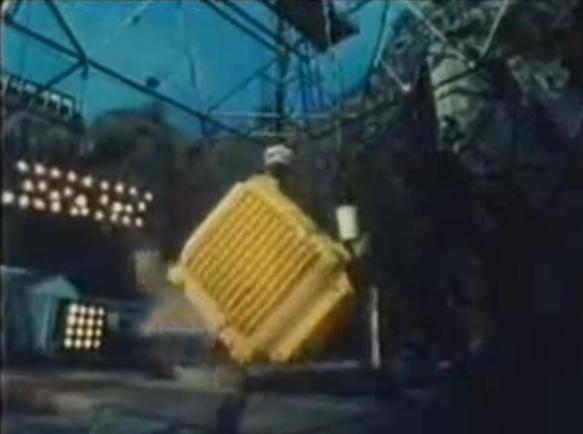
Drop tests were used as part of the validation procedure for nuclear fuel transport flask designs. Initially, flasks were dropped from a height of 9 m at ambient temperature. Later, a requirement emerged to drop some flasks at -40°C to compare with European practice.
Flasks were typically of 50 t mass, and achieved an impact velocity of 13 m/s (~30 mph) with kinetic energy of 4.5 MJ.
The object of this excercise was to devise a cooling method that would achieve the required temperature evenly across the flask in a reasonable timescale. Various coolants were considered and the effects of conduction and convection were taken into account, together with the contributions of heat capacity and latent heat. A successful procedure was achieved.
